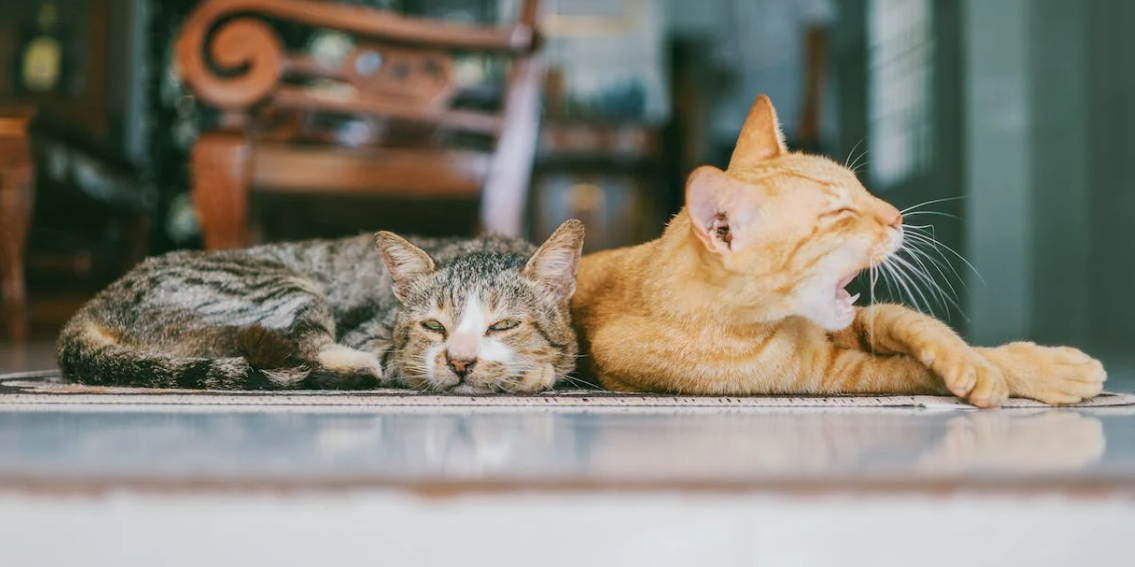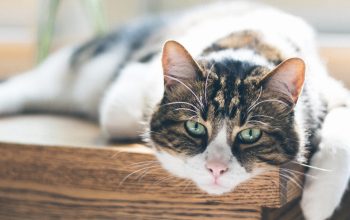How can I use puzzle toys to mentally stimulate my indoor cat and satisfy their natural hunting instincts?
Cats are natural-born hunters, and while outdoor exploration can satisfy their instincts, it’s not always feasible or safe. Many cat owners opt to keep their feline companions indoors to protect them from potential dangers like traffic, predators, and diseases. However, without proper stimulation, indoor cats may become sedentary and bored. To maintain their physical and mental well-being, it’s crucial to engage indoor cats in play.
1. Interactive Toys
Interactive toys can simulate the thrill of hunting, capturing the attention and energy of your indoor cat. Feathery fishing rods, laser pointers, and puzzle toys are excellent options to keep them engaged. Rotate the toys regularly to prevent boredom and keep your cat’s interest piqued.
2. Create a Feline-Friendly Environment
Designate an area in your home specifically for your cat’s entertainment. Provide elevated perches, scratching posts, and hiding spots to replicate the outdoor environment. Cats enjoy exploring heights, so investing in a cat tree can offer hours of climbing and play.
3. Establish a Play Routine
Consistency is key. Set aside dedicated playtime, preferably multiple sessions per day, to engage your cat’s hunting instincts. Bond with your pet through interactive play, using toys to mimic the movements of prey. This not only provides physical exercise but also strengthens your relationship with your feline companion.
4. Catnip and Treat-Dispensing Toys
Catnip is a natural substance that can induce bursts of activity and playfulness in cats. Consider using catnip-filled toys or sprinkle some on scratching posts to entice your indoor cat. Additionally, treat-dispensing toys can keep cats engaged for extended periods, providing mental stimulation and reward.
5. Encourage Natural Behaviors
Allow your indoor cat to engage in natural behaviors through play. Use toys that encourage pouncing, chasing, and stalking movements. Mimicking the experience of hunting prey can satisfy their instincts while keeping them entertained and mentally sharp.
Conclusion
With some creativity and effort, engaging indoor cats in play can help soothe their need for hunting and exploration. Regular interactive play, novel toys, and a stimulating environment are essential to ensure your cat remains physically active and mentally stimulated. Remember, a well-entertained cat is a happy cat!
Image source: Pexels.com
Cats are natural hunters, but sometimes it can be difficult for busy, indoor cats to engage in play when they are unable to exercise their hunting instincts. Fortunately, owners can turn daily activities into fun experiences that unleash their cats’ inner hunters.
Using simple toys such as strings or wands can engage a cat in play. Stimulating the cat’s senses with objects dangled on the ends of strings can keep a cat entertained for extended periods of time. For cats who prefer more solitary activities, owners can leave small toys in a box or under a cupboard and encourage cats to search for them.
Interactive toys can also be used to engage a cat in play. Catnip-filled toys such as balls or mouses filled with enticing materials can provide a stimulating and challenging way of engaging cats in play.
If owners have siblings or multiple cats, they can take advantage of this by playing games together. During playtime, owners can set out obstacles or tunnels to give cats more opportunities to explore and hunt. Save Catnip filled toys as rewards for when cats reach certain milestones or goals.
Aside from toys, owners and cats can engage in activities such as solo hide-and-seek. Owners can encourage cats to hide and then surprise them with treats or toys as a reward.
Developing a comfortable space where cats can engage in peaceful and stimulating pursuits is key to keeping cats mentally and physically healthy. By providing toys and interactive activities, owners can ensure cats can keep hunting instincts alive and well, even in the absence of outdoor spaces.





